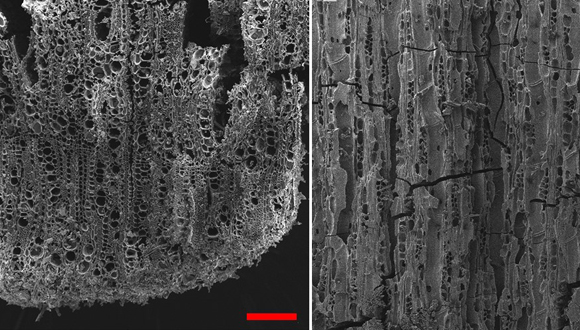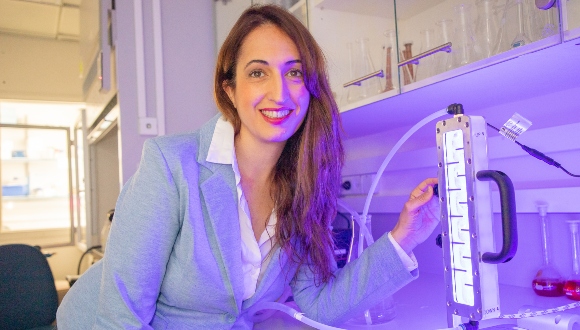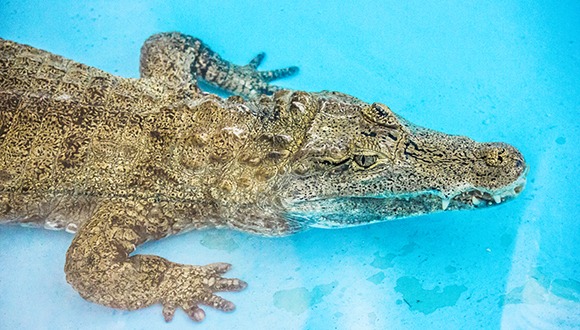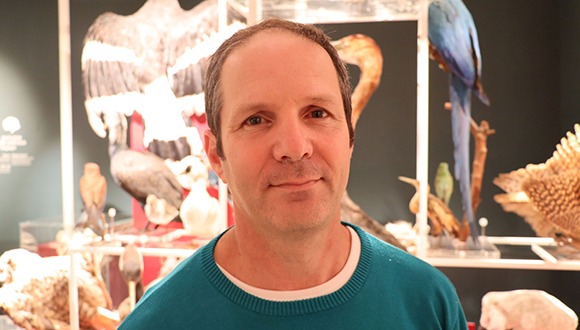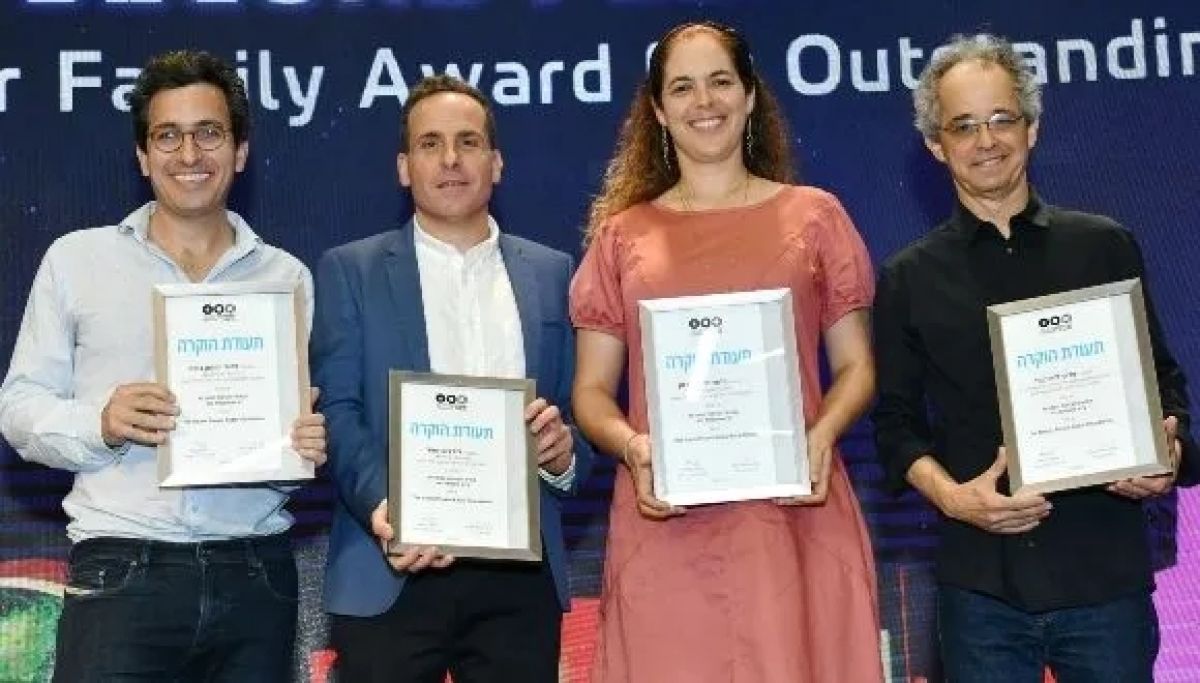Cyber Week 2022 at TAU: Combating ‘Real and Growing’ Threats
Thousands due to attend mega event returning to its full in-person format.
Cyber Week, one of the top cybersecurity events in the world, is making a full return to Tel Aviv University campus in its usual in-person format on June 27th – 30th.
With thousands of attendees from more than 80 countries, including top CISOs and government decision makers from around the globe, this year’s conference offers a thought-provoking exchange of knowledge, methods, and ideas on burning topics like fraud, crypto, cloud, the supply chain, cybersecurity for aviation, maritime, automotive, data protection, capacity building and the future cyber landscape.
The events will run for a full week and include over 40 roundtables, panels, workshops, forums, competitions, and more.
Pressing Need for Cyber Security Solutions
Cybercrime has never been a bigger threat than it is now, with a 600% increase in malicious emails since the beginning of the pandemic and related damage predicted to hit $10.5 trillion annually by 2025.
Furthermore, since the outbreak of Russia’s war on Ukraine, cyber experts have seen a dramatic and concerning rise in cyber warfare activity, with a sustained and ongoing conflict which still threatens to escalate dramatically.
It has become increasingly important as a result, to inspire innovation and effective cyber security solutions in the industry. Major Gen (Ret) Prof. Isaac Ben Israel Head of the Blavatnik Interdisciplinary Cyber Research Center and Chairman of the Conference stresses, “Cyber is an increasingly vulnerable space that is affecting everyone. Businesses must wise up to the real and growing threat of cyber-attacks, and cybersecurity experts must be ready to respond to the escalating demand for cyber security with novel solutions. We must prepare now to be ready for what we know tomorrow will inevitably hold.”
Cyber Week’s events span a wide variety of topics dealing with all aspects of the issue, including regulation and law, startup innovation, artificial intelligence, financial technologies, healthcare and cyber defense, and aim to inspire innovation, drive solutions and encourage collaboration.
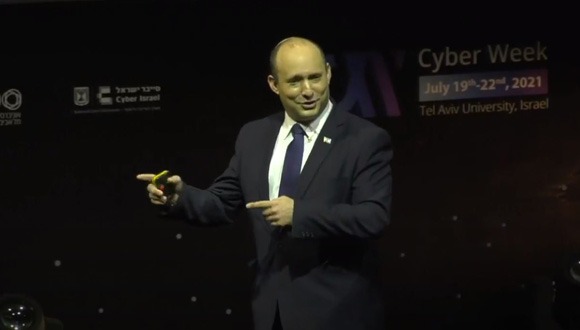
Israeli outgoing Prime Minister Naftali Bennett spoke at last year’s Cyber Week conference at Tel Aviv University
Experts from Near and Far
The Conference is now in its 12th year, and its Main Plenary Event (held from June 28th to June 29th) is the largest and most anticipated event of Cyber Week each year, during which some of the most renowned names in the cyber world will discuss crucial dilemmas and issues facing the public and private sectors of every company, city, and country in the world today.
This year’s speakers include: Outgoing Prime Minister of Israel Naftali Bennett; Benjamin Gantz, Israel Minister of Defense; Anne Neuberger, Deputy Assistant to the President & Deputy National Security Advisor for Cyber & Emerging Technologies, White House, USA; Chris Inglis, National Cyber Director of the Executive Office of the US President; Gaby Portnoy, the Director General of the Israel National Cyber Directorate; Maj. Gen. (Ret.) Prof. Isaac Ben-Israel, Conference Chairman of Cyber Week and Director of Blavatnik Interdisciplinary Cyber Research Center at the Tel Aviv University; Jane Horvath, Chief Privacy Officer of Apple, Inc.; Lindy Cameron, CEO of the National Cyber Security Center; Tim Brown, CISO of SolarWinds; Cecilie Fjellhøy, Founder of action:reaction, Netflix-star Tinder Swindler; Jason Chan; Former VP, Information Security of Netflix and many more.

Want to Join?
Register here, free of charge: https://cyberweek.tau.ac.il/2022/
Cyber Week is hosted by the Blavatnik Interdisciplinary Cyber Research Center and the Yuval Ne’eman Workshop for Science, Technology and Security, at Tel Aviv University, headed by Major Gen. (Ret.) Prof. Isaac Ben-Israel, together with the National Cyber Directorate at the Prime Minister’s Office, The Ministry of Economy and Industry and the Ministry of Foreign Affairs.



